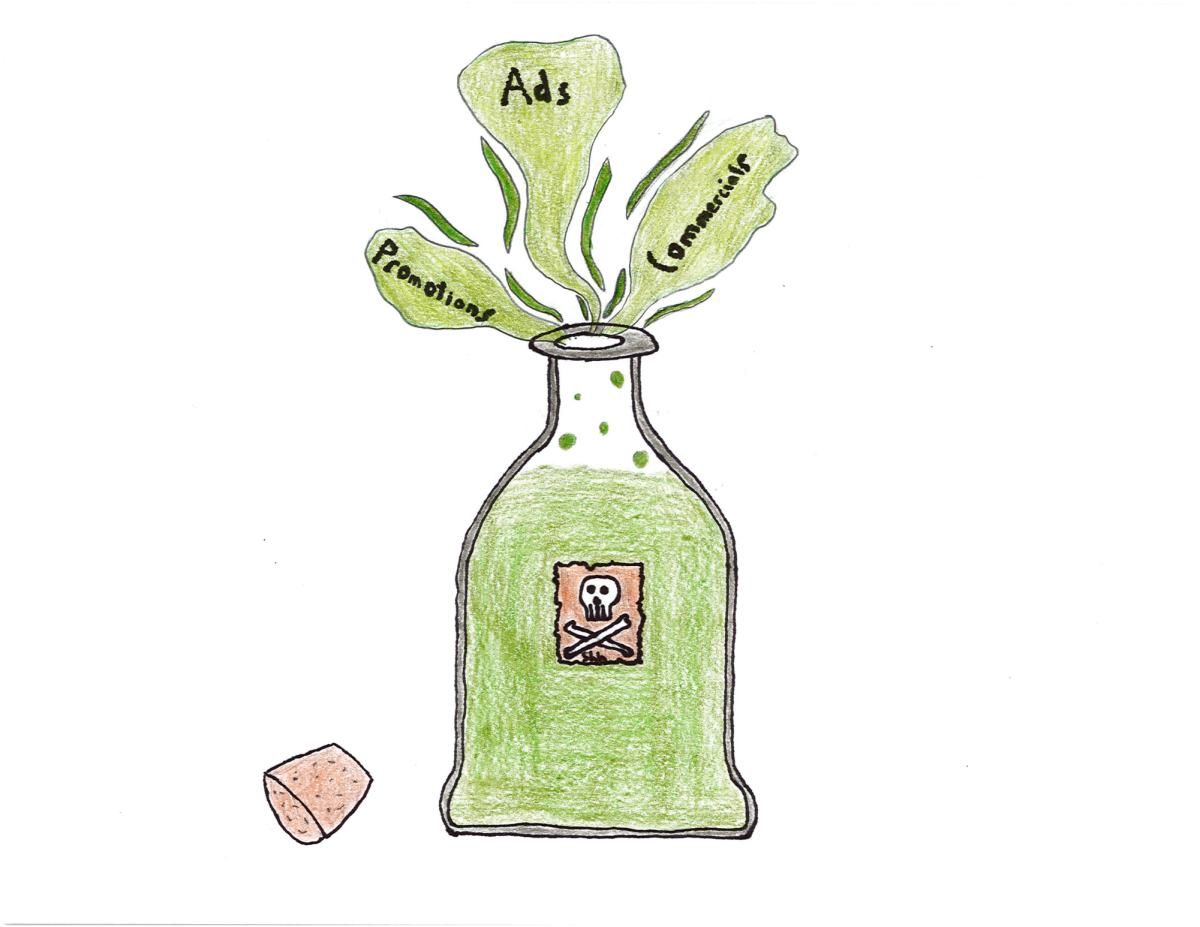Nebraska has made significant progress in its use of renewable energy in the past 30 years. According to the Nebraska Department of Environment and Energy, the state has progressed from 2.8% of its total energy in 1995 being renewable to 23% in 2023.
Specifically, the Omaha Public Power Department (OPPD) has made its own impact in the state’s largest city. According to OPPD’s website, in 2021, renewable energy made up 35% of the energy used. With a goal of net-zero carbon production by 2050, the right steps are being made to achieve it.
The OPPD states that wind energy is its main source of renewable energy. As 31% of Nebraska’s total
energy provider, only behind coal energy, Nebraska relies on outsourcing energy to wind farms throughout the rural parts of the state.
Also, solar energy is used to accomplish their net-zero goal. Harvested through
solar panels, solar energy is much cleaner than coal energy. “Solar generation facilities are five times cheaper to construct than new coal generation,” OPPD stated on their website.
Not only is solar energy cleaner and cheaper, solar power can be sold back to OPPD for a profit by the owner. In theory, a person who invested in solar panels could have no electricity bill and make a profit selling the excess energy back to OPPD.
Another source of renewable energy is through landfills. As trash decomposes, natural gasses such as methane and carbon dioxide can be harvested by wells and later turned into energy. The Douglas County Landfill has 108 extraction wells that provide electricity to homes and businesses nearby.
Another way Nebraska combats climate change is ethanol. The state’s ethanol production uses its corn industry to make a fuel substitute.
According to ethanol.nebraska.gov, Nebraska is the second largest ethanol-producing state just behind Iowa. Annually, Nebraska harvests 700 million bushels of corn to make 2.5 billion gallons of ethanol, making up 13% of the nation’s ethanol production.
Along with Nebraska’s fuel producing agricultural industry, it also utilizes some of its many rivers to provide hydroelectric power. On the border between Nebraska and South Dakota lies Gavins Point Dam–the most valuable of the dams in the state.
According to the EIA, “Gavins Point Dam plays an important role in controlling the water flow on the 800 miles of open river between Nebraska and Missouri.” Although it only provides about 3% of Nebraska’s energy, it still offsets the harmful effects of fossil fuels.
As Nebraska leans toward more renewable resources, large companies as well as individuals push the goal of a better environment through less reliance on non-renewable resources onto the entire state.
Categories:
Making a Difference: Nebraska Leans Towards Renewable Energy
Easton Crouse
•
February 7, 2024
0
Donate to The Mount Online
Your donation will support the student journalists of Mount Michael Benedictine High School. Your contribution will allow us to purchase equipment and cover our annual website hosting costs.
More to Discover
About the Contributor

Easton Crouse, Reporter & Editor-in-Chief
Easton joined The Mount Journalism team in 2023. Crouse also participates in diving.































